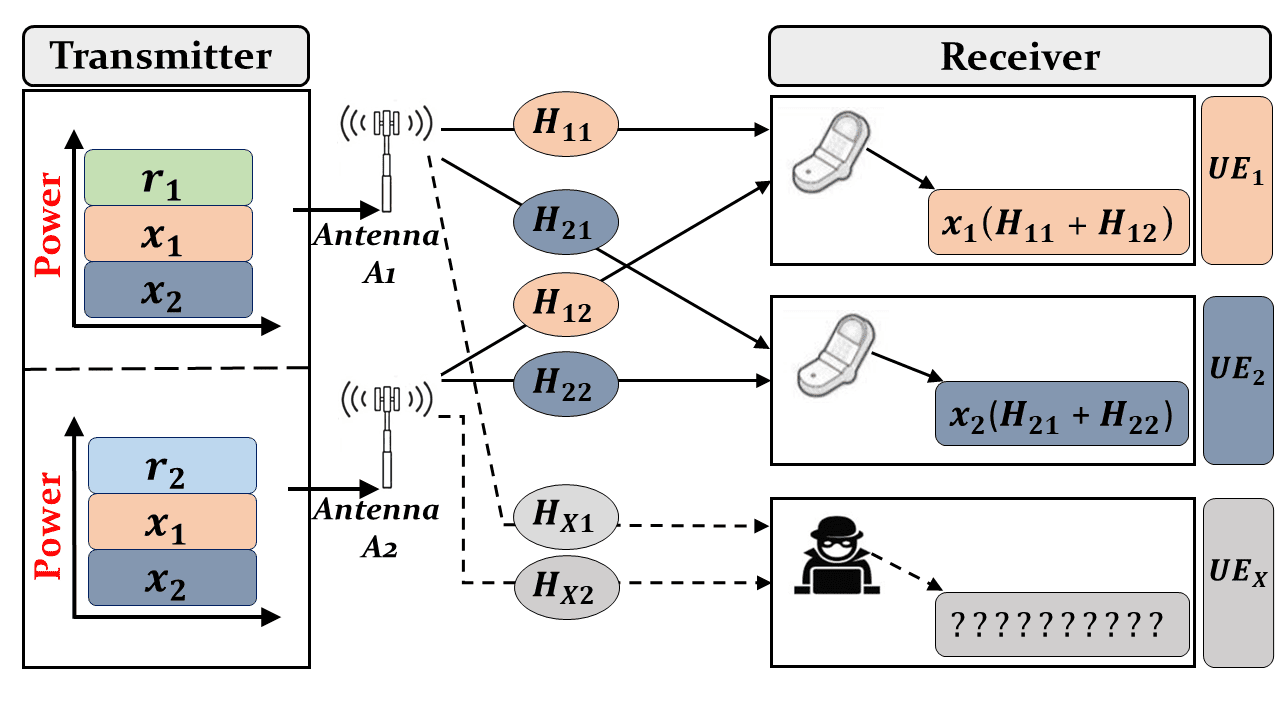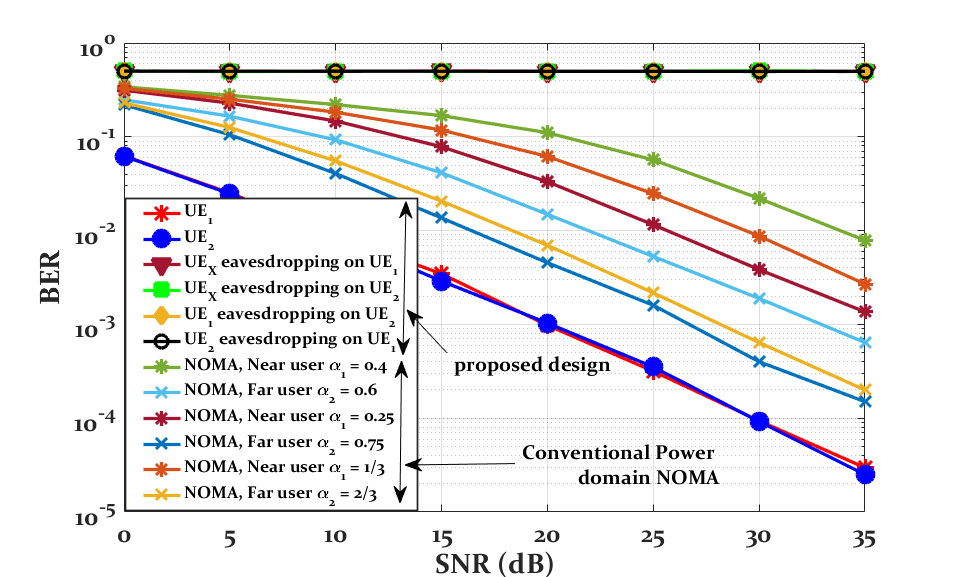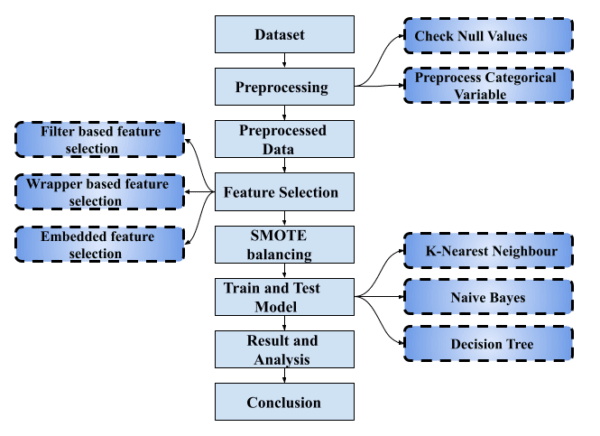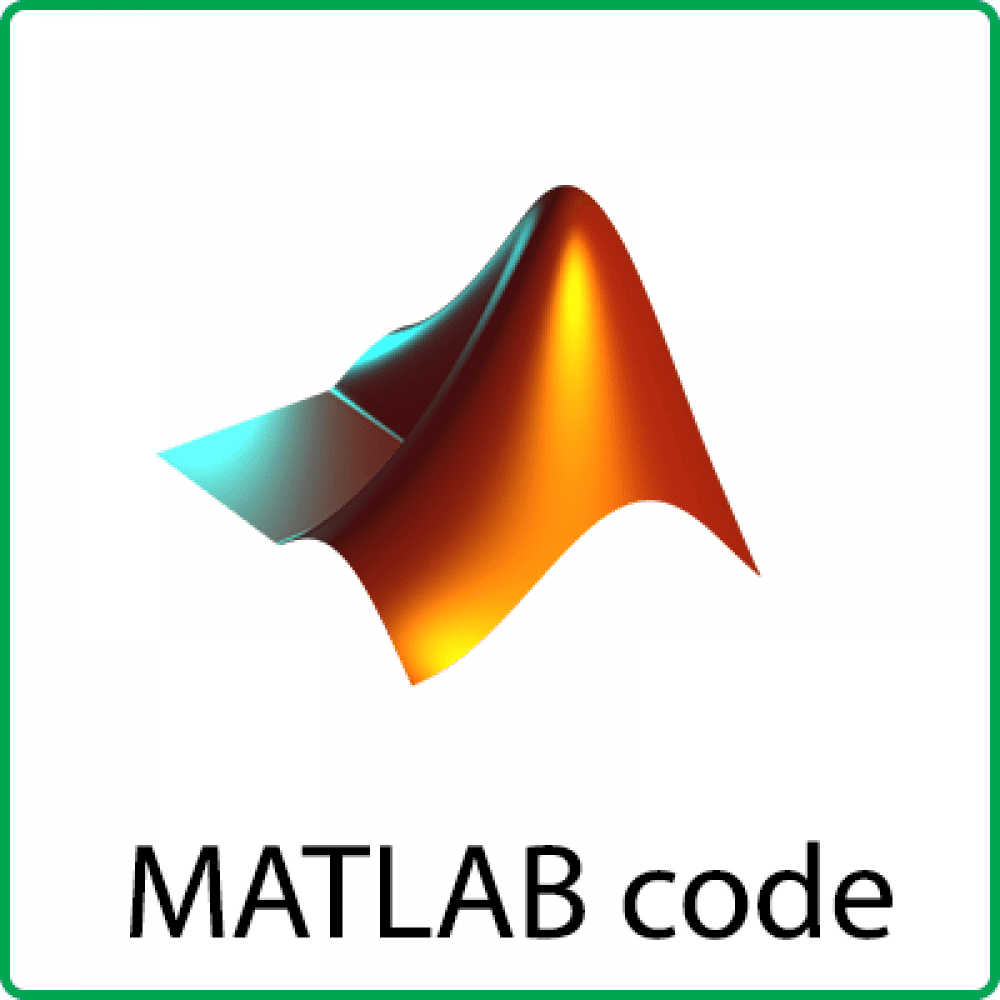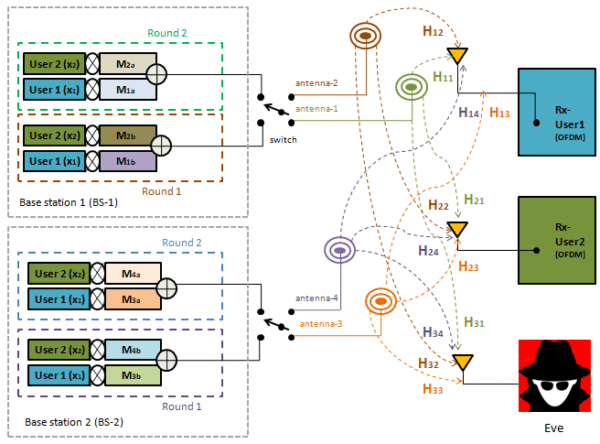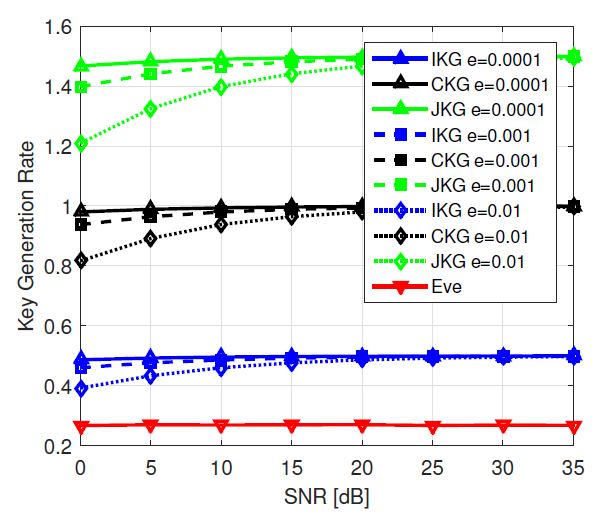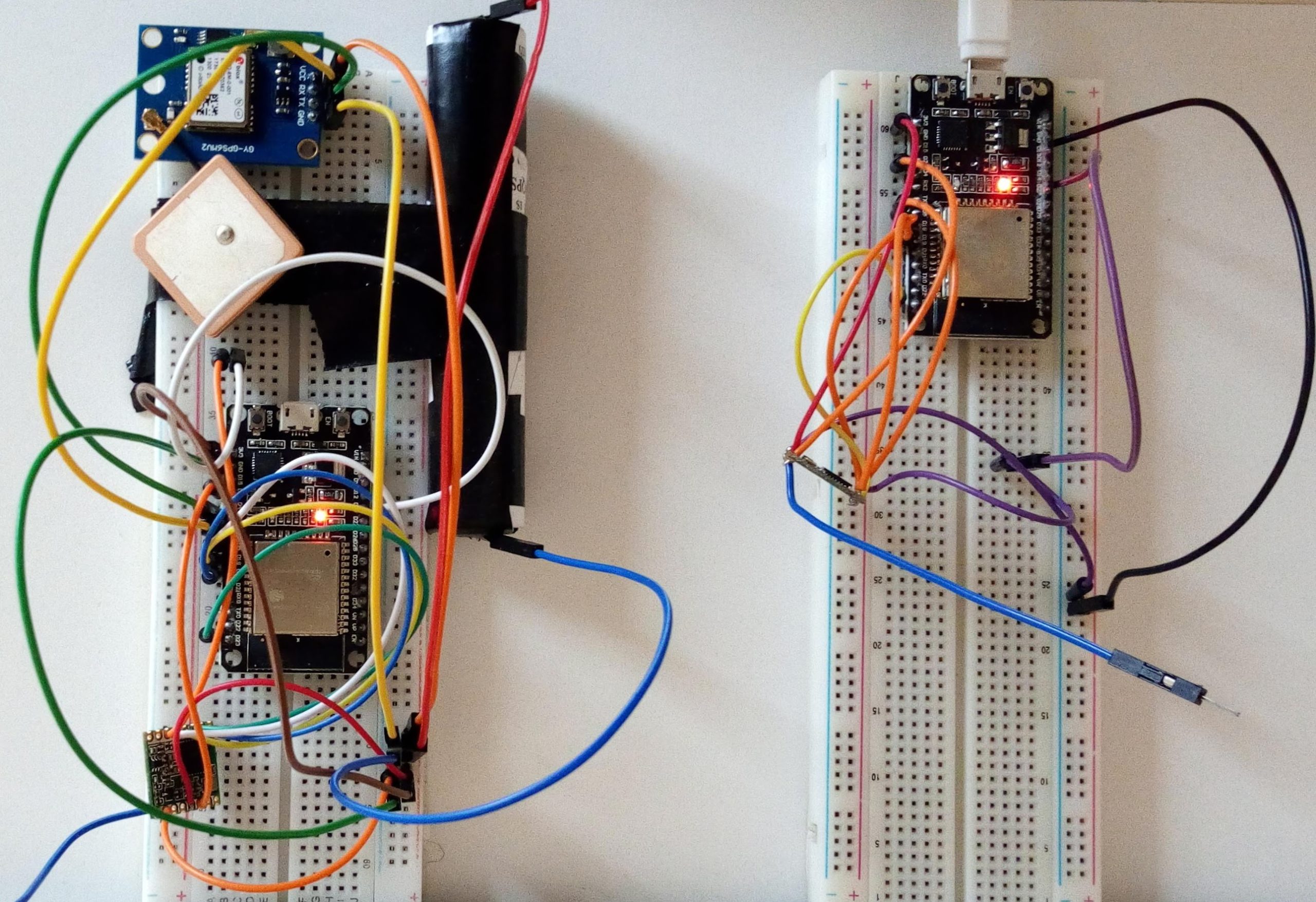Description
This is the full Matlab Simulation Codes package, which is used to generate the results presented in the paper titled “Multi-User Auxiliary Signal Superposition Transmission (MU-AS-ST) for Secure and Low-Complexity Multiple Access Communications” https://rs-ojict.pubpub.org/.
Beyond 5G (B5G) and future 6G systems are expected to serve a massive interconnection of devices. Thus, it is critical to develop effective multiple access techniques which can serve the demands of this interconnection. In this regard, the power domain (PD-NOMA) was a solid candidate which was studied enough from the part of both the wireless academia and industry; however, this design was eliminated from the list of the 17th release of 3GPP work items. Even though PD-NOMA proves efficient compared to OMA systems, it suffers from many issues including security risks, the complexity of the transceiver due to successive interference cancellation (SIC), and the in-applicability in power-balanced scenarios where the superimposed users have the same distance from the base station. In this paper, we propose a novel alternative to PD-NOMA where the concerns of security are eliminated through the use of specifically designed auxiliary signals which are superimposed with the users’ data. The proposed design is termed as
MU-AS-ST (Multi-User Auxiliary Signal Superposition Transmission) and is featured with a very simple transceiver design where all the processing is done at the base station freeing the receiver from any complex processing, making it an ideal candidate for low-power and processing-limited devices such as IoT applications.
